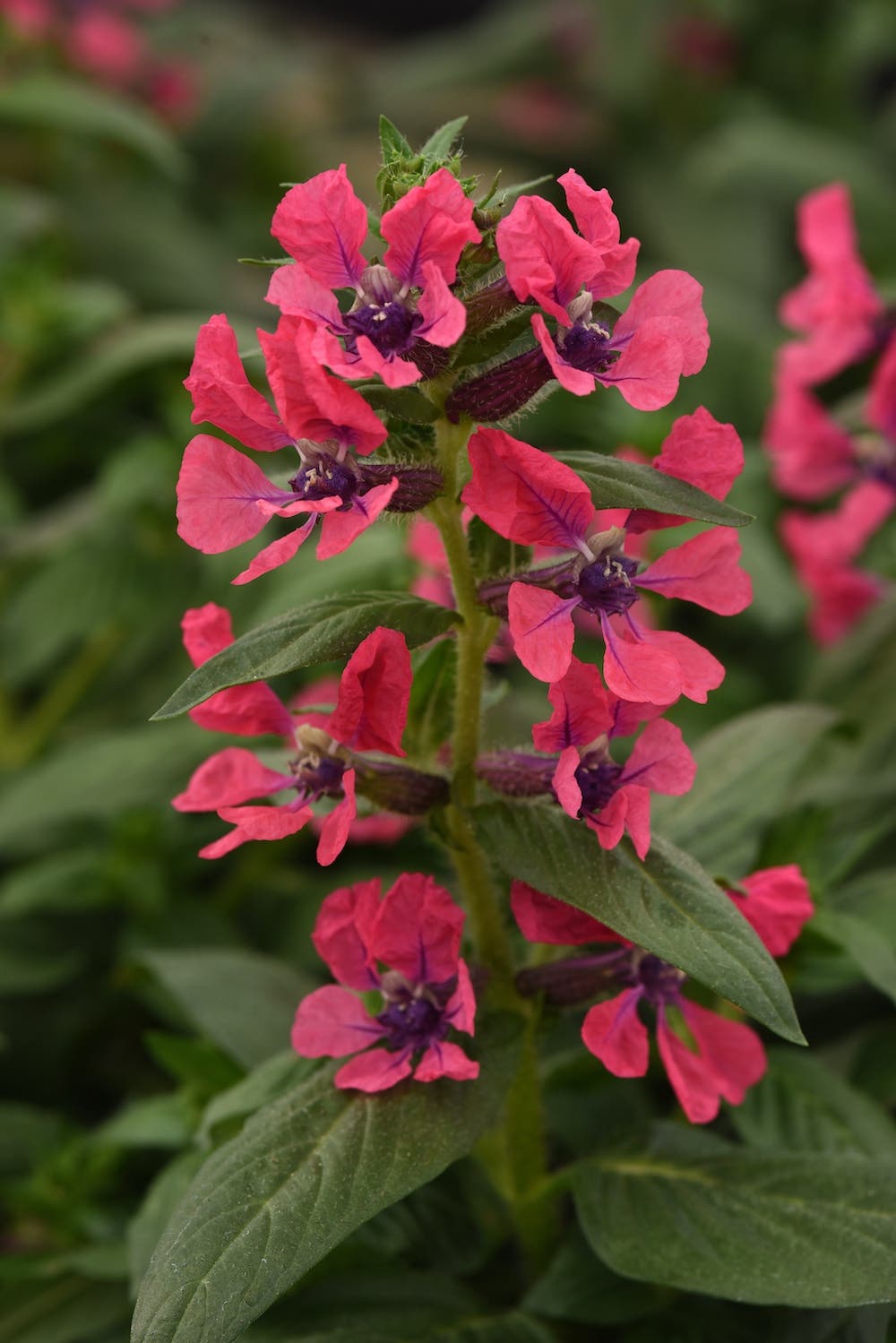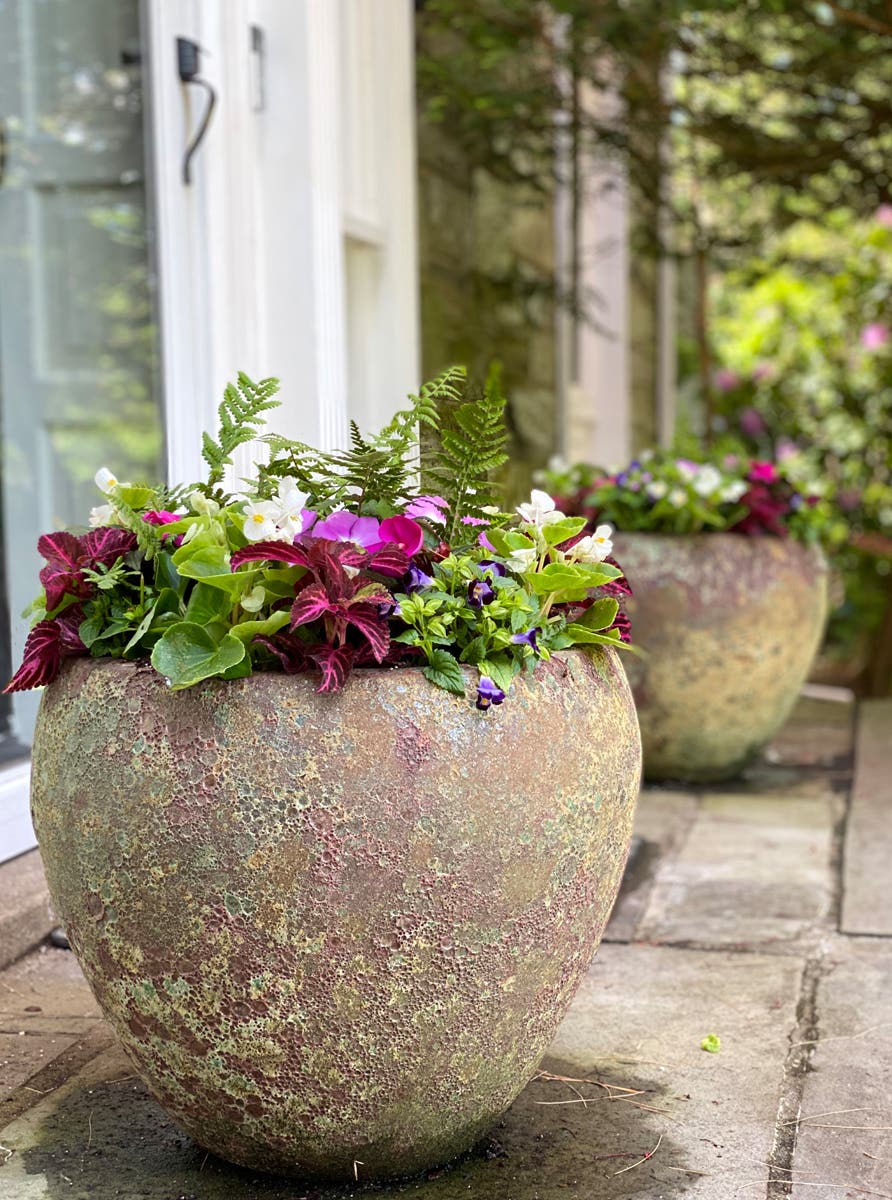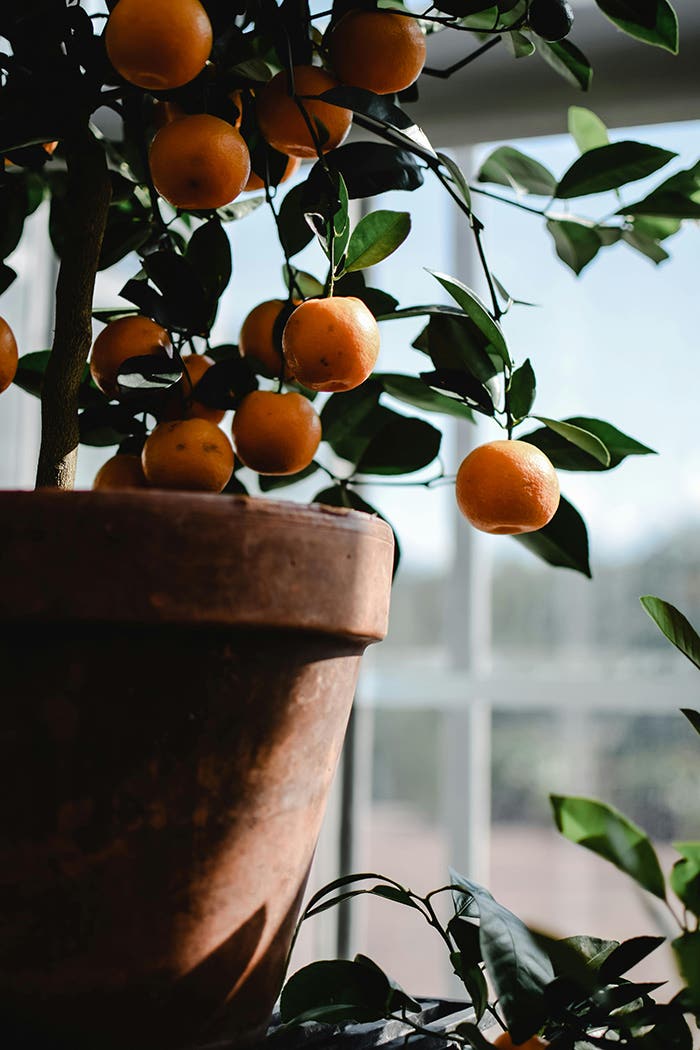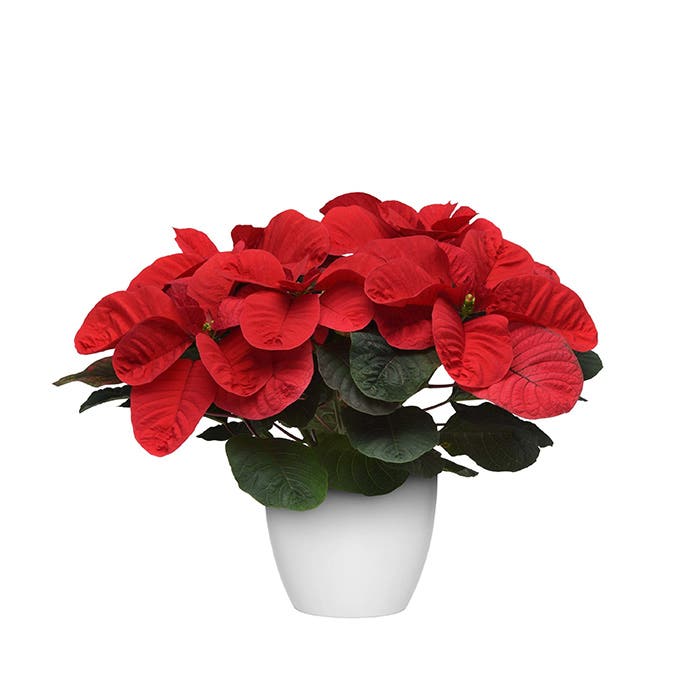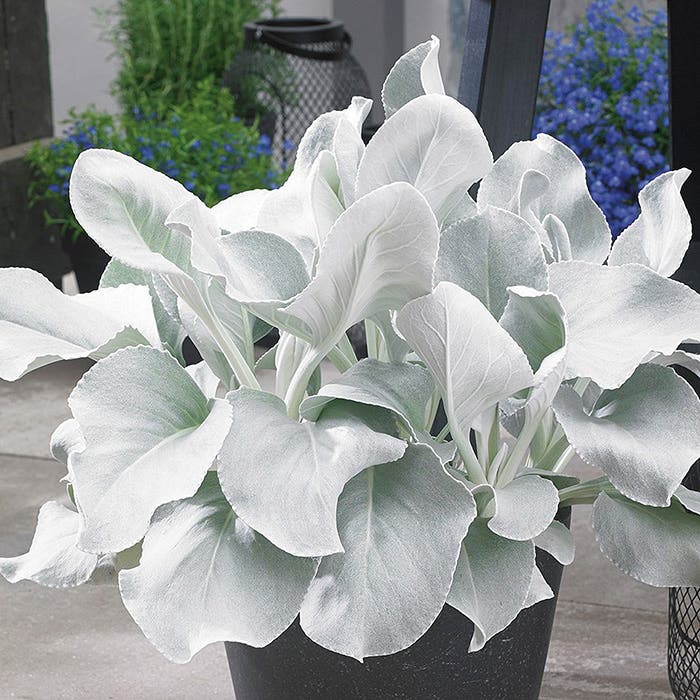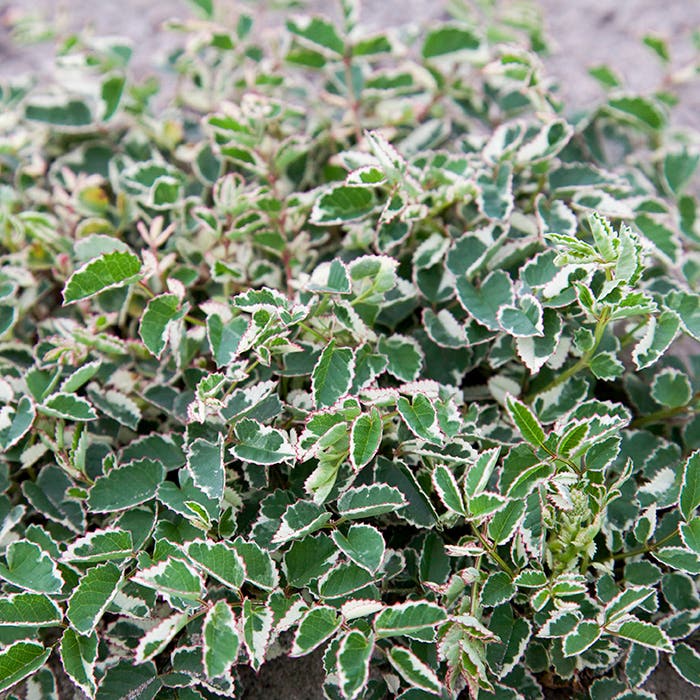Peace lilies (Spathiphyllum wallisii) make intriguing houseplants, thanks to their large, uniquely shaped and often abundant flowers. When tended indoors, this tropical beauty can bloom sporadically throughout the year. Each upright flower stem is topped by a shield-like white spathe framing a conical spadix packed with tiny true flowers in creamy white or pale green.
Related reading: "Non-Traditional Holiday Houseplants" (We included peace lily in this list!)
When it is not in bloom, the large, deep green, high-gloss leaves make the peace lily a nice addition to the home. Their leaves give them a very full appearance, and their moderate size makes them good for displaying as a floor plant or on a large table.
But aside from their looks and ease of flowering, peace lilies remain popular houseplants because they're low maintenance. Just follow these guidelines:
Watering: Peace lilies enjoy regular watering, but they're forgiving if you forget. In fact they will even remind you by wilting, often dramatically. When you give the plant a thorough drink, it soon regains its upright posture.
Although the peace-lily droop may seem like a handy signal, try not to let it get to that point before watering it. Repeated wilting can damage the plant and interfere with flowering. The best practice is to wait until just the top inch or so of the growing medium feels and looks dry. Then water the plant enough that water pours from the pot's drainage holes and it feels heavier.
Lighting and temp: Avoid placing peace lilies in direct light, especially in summer, because it can scorch the plant’s foliage. They are most successful in bright but indirect light. A little direct sun in winter shouldn't hurt. They can also grow in low light, though may flower less. Peace lilies tend to be comfortable at the same room temperatures at people. Aim for a minimum of 60 degrees (F) in winter.
Potting and other maintenance: Spathiphyllums prefer a light potting medium that drains well but retains some moisture. A mix marketed for general houseplant use will do fine. Use a general-purpose water-soluble fertilizer monthly during spring and summer if desired. Repot when the roots begin to poke through the container's drainage holes, or if you notice you're needing to water more frequently. This can be a signal that the plant is becoming root bound and too large for the pot. If several years have passed without obvious need for repotting, do the job in order to refresh the potting mix.
Peace lilies like high humidity. Stand the pot on a tray of gravel, run a humidifier or cluster groups of plants together to counter dry air.
Related reading: "Increase Humidity for Houseplants"
Finally, when you water, use a damp cloth or paper towel to wipe dust and grime off of the peace lily's leaves. They do tend to collect such. Trim any yellowed or damaged leaves off by snipping them at the base of the plant. Remove spent flowers the same way.
With just a little routine care, peace lilies can live for many years, bringing an understated floral charm to nearly any room.


